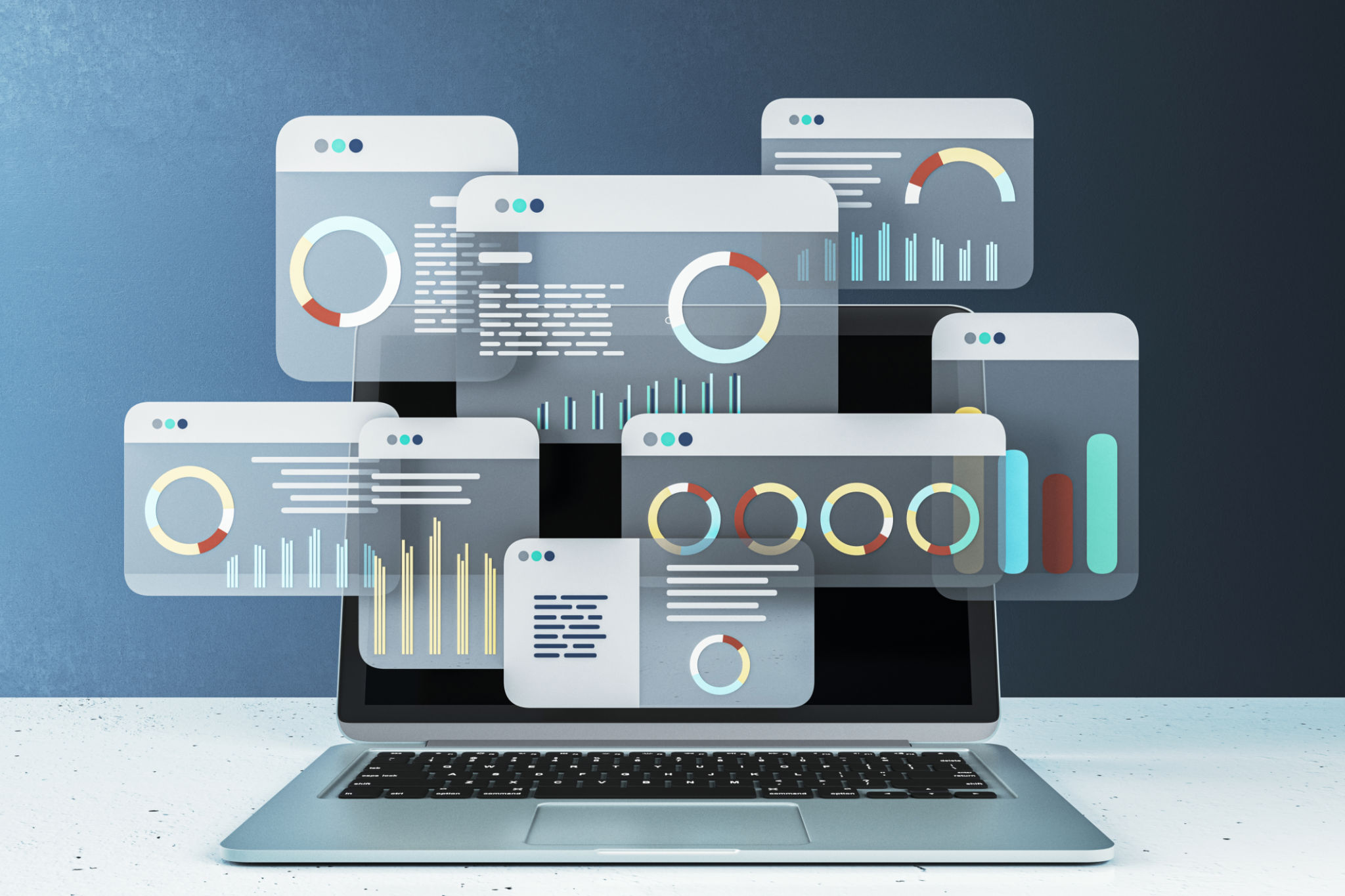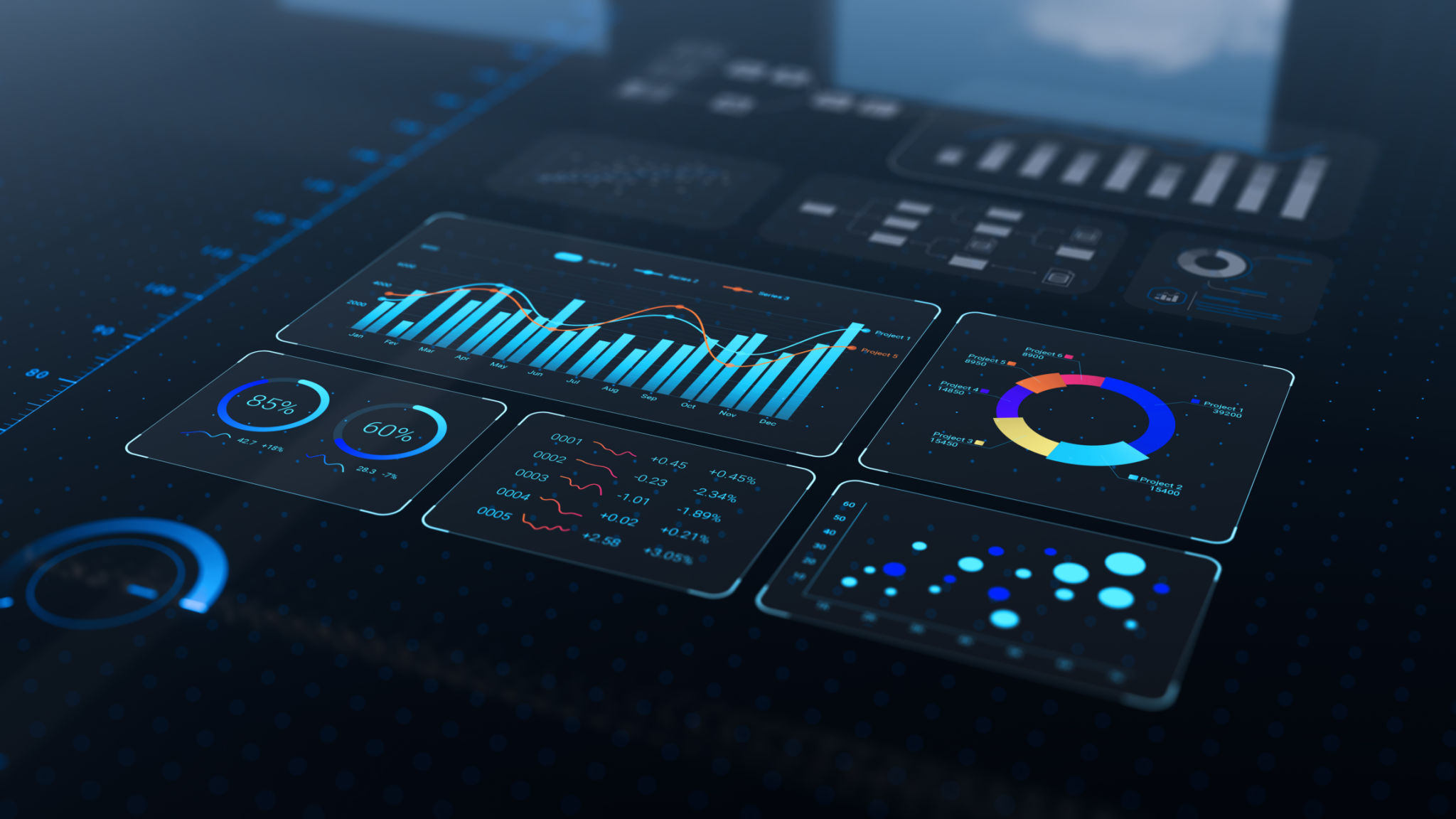Using Predictive Analytics for Website Conversion Rate Optimization
Understanding Predictive Analytics
Predictive analytics involves using historical data, statistical algorithms, and machine learning techniques to identify the likelihood of future outcomes based on historical data. For businesses, it offers an invaluable tool to gain insights and drive decision-making processes. When applied to website conversion rate optimization, predictive analytics can transform how businesses engage with their audiences.

The Role of Predictive Analytics in Conversion Optimization
Website conversion rate optimization (CRO) is about maximizing the percentage of visitors to a website who take a desired action. Predictive analytics plays a crucial role by analyzing visitor behavior and predicting future actions. This insight allows businesses to tailor their strategies to enhance user experience and increase conversion rates.
For example, predictive models can identify patterns in customer behavior, allowing businesses to anticipate what users are likely to do next. This information can be used to adjust website elements, such as call-to-action buttons, layout, and content, to better align with user expectations and increase the likelihood of conversions.
Implementing Predictive Analytics for CRO
Implementing predictive analytics for conversion rate optimization involves several steps:
- Data Collection: Gather data from various sources such as web analytics, customer databases, and CRM systems to build a comprehensive dataset.
- Data Analysis: Use statistical methods and machine learning algorithms to identify patterns and trends within the data.
- Model Development: Develop predictive models that forecast user behavior and potential conversion opportunities.
- Actionable Insights: Translate predictions into actionable strategies that can be implemented on the website to optimize conversion rates.


Benefits of Using Predictive Analytics for CRO
Utilizing predictive analytics for CRO offers numerous benefits. Firstly, it allows for more personalized user experiences. By predicting user behavior, businesses can tailor content, offers, and navigation to individual preferences. This personalization enhances user engagement and increases the likelihood of conversion.
Additionally, predictive analytics helps in identifying high-value leads. By recognizing patterns in user behavior that indicate a higher probability of conversion, businesses can focus their efforts on leads with the highest potential, optimizing marketing resources effectively.
Challenges in Integrating Predictive Analytics
While the benefits are clear, integrating predictive analytics into CRO strategies is not without challenges. One significant hurdle is data quality. The accuracy of predictive models depends heavily on the quality of the data used. Incomplete or inaccurate data can lead to incorrect predictions and misguided strategies.

Moreover, implementing predictive analytics requires technical expertise and resources. Businesses need skilled professionals who understand data science and machine learning to develop and maintain predictive models. This requirement can be a barrier for smaller businesses with limited resources.
The Future of Predictive Analytics in CRO
The future of predictive analytics in website conversion rate optimization looks promising. As technology advances, predictive models will become more sophisticated, allowing for even greater precision in predicting user behavior. Additionally, as more businesses recognize the value of data-driven decision-making, predictive analytics will become a standard tool in CRO strategies.
Overall, while there are challenges to overcome, the potential benefits of using predictive analytics for website conversion rate optimization are significant. By harnessing the power of data, businesses can improve user experiences, increase conversion rates, and ultimately drive growth.